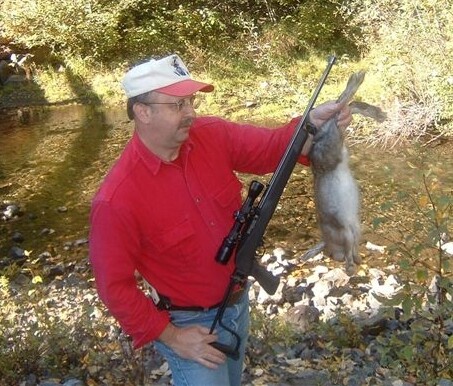
By Dave Workman
Editor-in-Chief
The reminder from the Vermont Fish & Wildlife Department (see related story) that squirrel and other small game hunting cranks up in September was all the incentive I needed to start thinking about spending time at the range, making sure my .22-caliber rifles and pistols are zeroed.
At the far end of the country, the Pacific Northwest is also going to see the opening of small game seasons, with grouse and rabbit hunting unfolding over the next month. Indeed, September is something of a magical month for hunters weary from the summer doldrums, and hankering for some fresh meat for the pot.
Small game hunting is the perfect vehicle for honing one’s marksmanship skills in preparation for big game hunting later in the fall. Accurate shooting involves eye-hand coordination, and no small amount of practice.
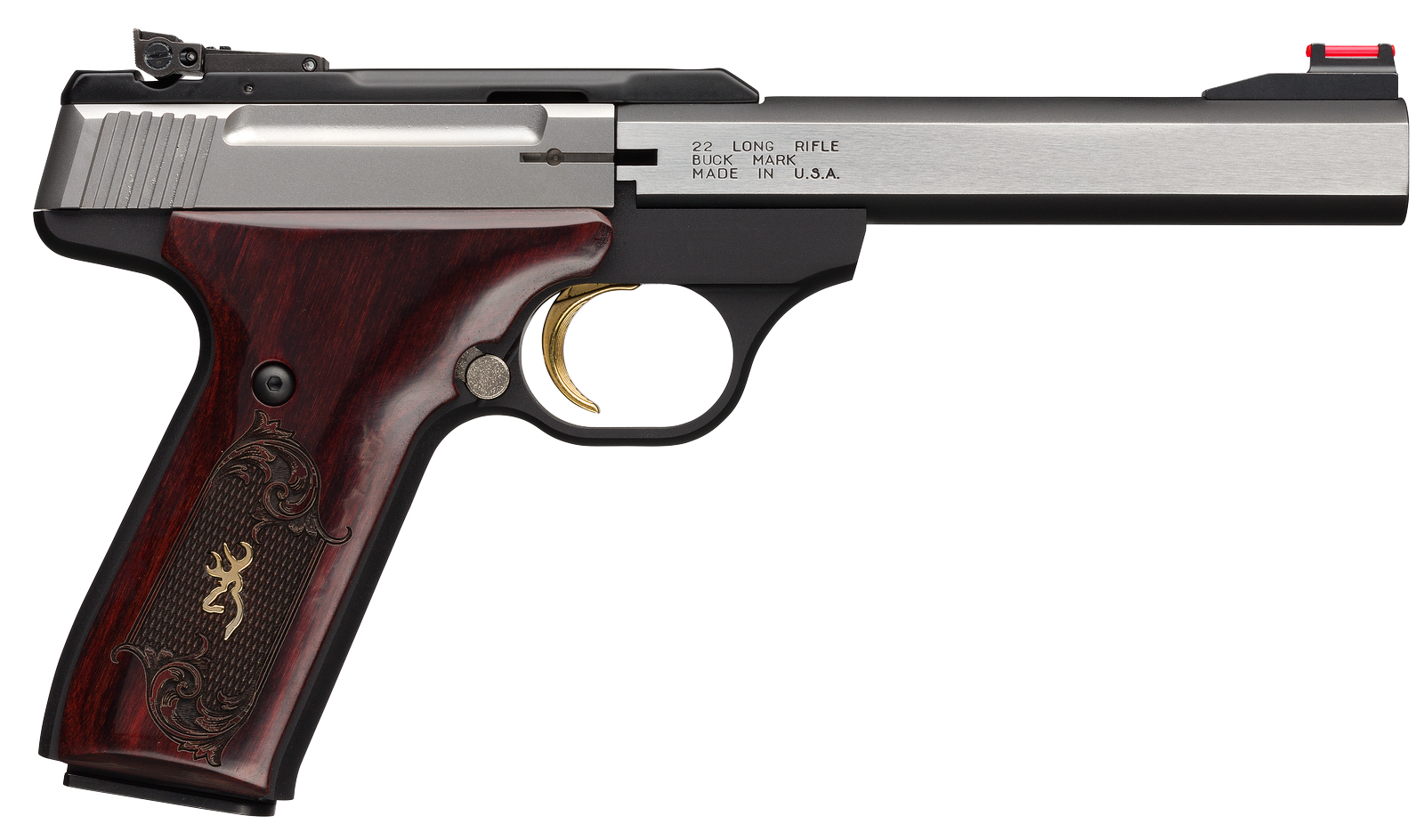
Over the years, I’ve somehow managed to become a fairly decent shot with a .22-caliber rifle, either my scoped Ruger 10/22 semiautomatic or the vintage Winchester bolt-action Model 69A, which was my dad’s gun before it was mine. It has basic metallic sights with a rear that adjusts for elevation, and a dovetailed front. It is dead-bang accurate with standard .22 Long Rifle 40-grain RNL bullets that might clock anywhere from about 1,100 fps to about 1,300 fps at the muzzle, which reminds me I’ve got to chronograph my fall rimfire ammunition sometime during the next week or so.
As for handgun work, I’ve had occasion to shoot my Ruger MKIV semi-auto with the 5-inch bull barrel and adjustable rear sight at various times this summer, and I’m satisfied I can hit an empty soda can at 25 yards shooting offhand with a two-hand hold.
A little online checking revealed that Winchester produces a 40-grain Super-X round that clocks a reported 1,300 fps at the muzzle with 150 foot pounds of energy, which is about typical for a 40-grain lead pill.
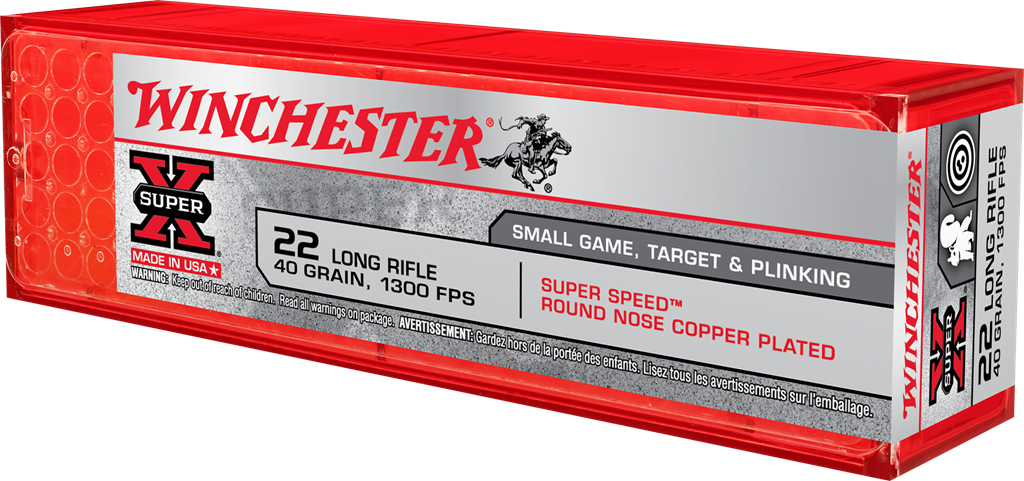
Federal offers a 40-grainer with a reported muzzle velocity of 1,080 fps, which is more than adequate to put the hurt on any rabbit I ever saw. I’ve fired enough Federal rimfires through my smallbores to know they are consistently accurate at reasonable range.
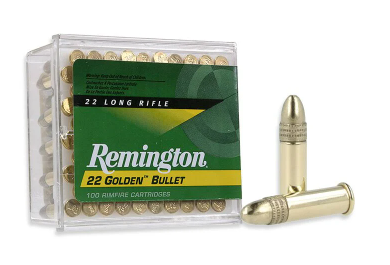
Likewise, I’ve got plenty of confidence in Remington’s 40-grain “Golden” bullet, with an advertised muzzle velocity of 1,255 fps. No grouse or rabbit on the planet can take a hit to the noggin from such a projectile at that speed and walk away laughing. The same goes for gray squirrels wherever it is legal to hunt them, and depending upon the bag limit, one can put enough bunnies and bushytails in the freezer to keep small game dishes on the menu through much of the winter.
In addition to sharpening one’s marksmanship this time of year, hunting small game also rekindles your gun safety reflexes. I’m not talking about gun control—which has been repackaged as “gun safety” or “gun reform” in recent years—but genuine safety habits. You know the drill:
- Keep your muzzle pointed in a safe direction at all times.
- Keep your finger off the trigger until ready to shoot.
- Know your target and what is behind/beyond it.
- Never aim your gun at something you’re not willing to destroy.
Shooting any firearm chambered for the .22 Long Rifle cartridge can be addictive. Indeed, my late amigo Dick Burnett once warned me soon after my acquisition of the Ruger 10/22 that it would turn out to be a “lead hose.” He was absolutely correct.
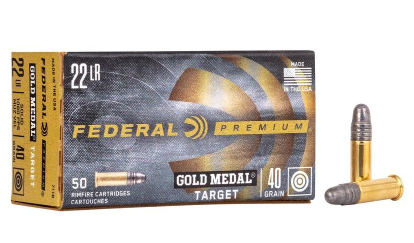
Dick and I once spent a leisurely afternoon high on a ridge southwest of Ellensburg in central Washington burning through, if I recall correctly, somewhere north of 200-300 rounds of ammunition. We shot at old pop cans some slobs had left on the ground (and which we picked up), plus fir and pine cones, chunks of wood, paper targets, paper plates, and just about anything else we could see where there was a safe backstop.
It was the first real “wring out” session for the little Ruger, which is topped by a 1.5-4X Bushnell scope mounted with Weaver rings and bases. Over the years, I’ve hit bottle caps, wood kitchen matches and all kinds of other stuff, not to mention live game, with that rifle.
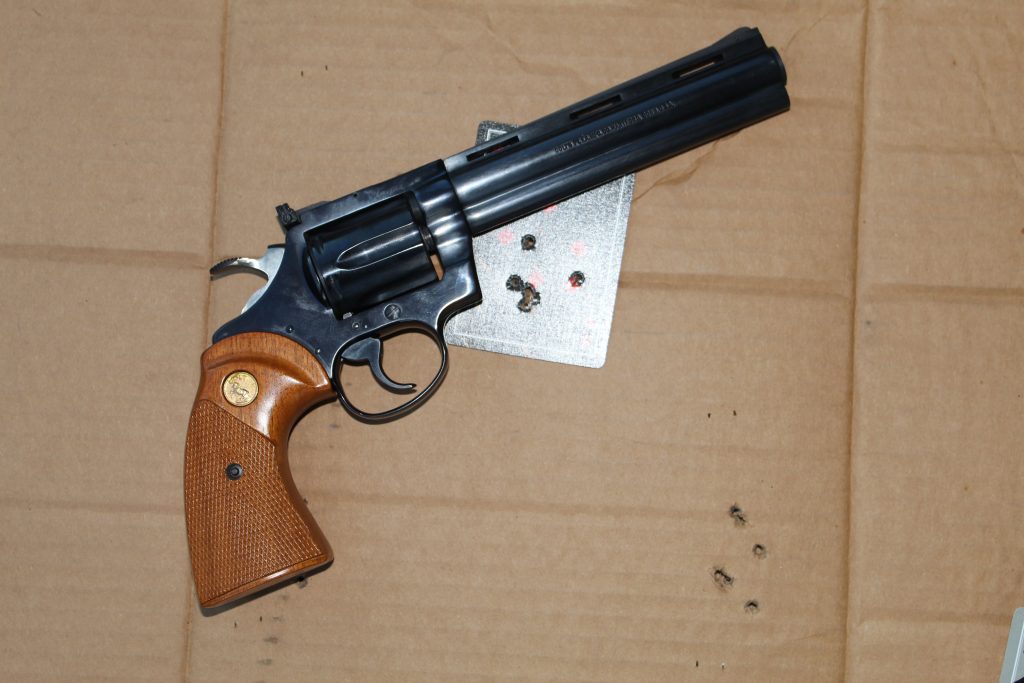
There are other fine .22-caliber rifles and pistols as well. The Marlin Model 60, the famous (and sadly, no longer in production) Remington Nylon 66, and equally legendary Browning SA-22 come to mind as rimfire rifles which have become part of the American firearms fabric. All of these guns have earned their status among outdoorsmen and women from Alaska to Florida.
As for pistols and revolvers, they are too numerous to mention, other than to say rimfire wheelguns from Smith & Wesson, Colt and Ruger have definitely carved their niche, along with semi-autos including the Colt Woodsman, Browning Buck Mark, and Model 41 S&W.
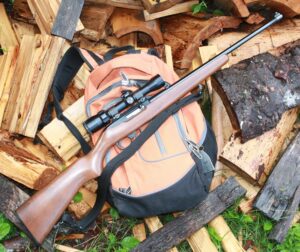
I would never turn up my nose at a Ruger Single Six, especially the convertible version which comes with an extra cylinder for .22 Magnums. Likewise, a friend has a .22-caliber Colt Diamondback, which I have fired in the past and simply drooled on. Then there was the Model 53 S&W my late uncle owned, with the second cylinder chambered for the warp-speed .22 Jet, a hell-on-wheels centerfire cartridge based on the .357 Magnum necked down to .22-caliber with a rather long neck and a muzzle velocity that could go beyond 1,700 fps.
But that was then, and this is now. Seasons open up soon, and there is really no time like right now to pull your .22-caliber rifle or pistol out of mothballs and start shooting. By the time the smoke clears, you will have had a blast in more ways than one, your skills will be sharp enough to fill the stew pot, and for a while, there will have been no telephones ringing, no household chores to interfere with your day, and maybe a memory or two will have been made.
If there is a downside to that, I’ve not experienced it.



